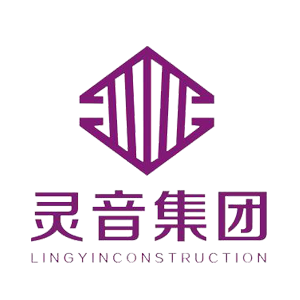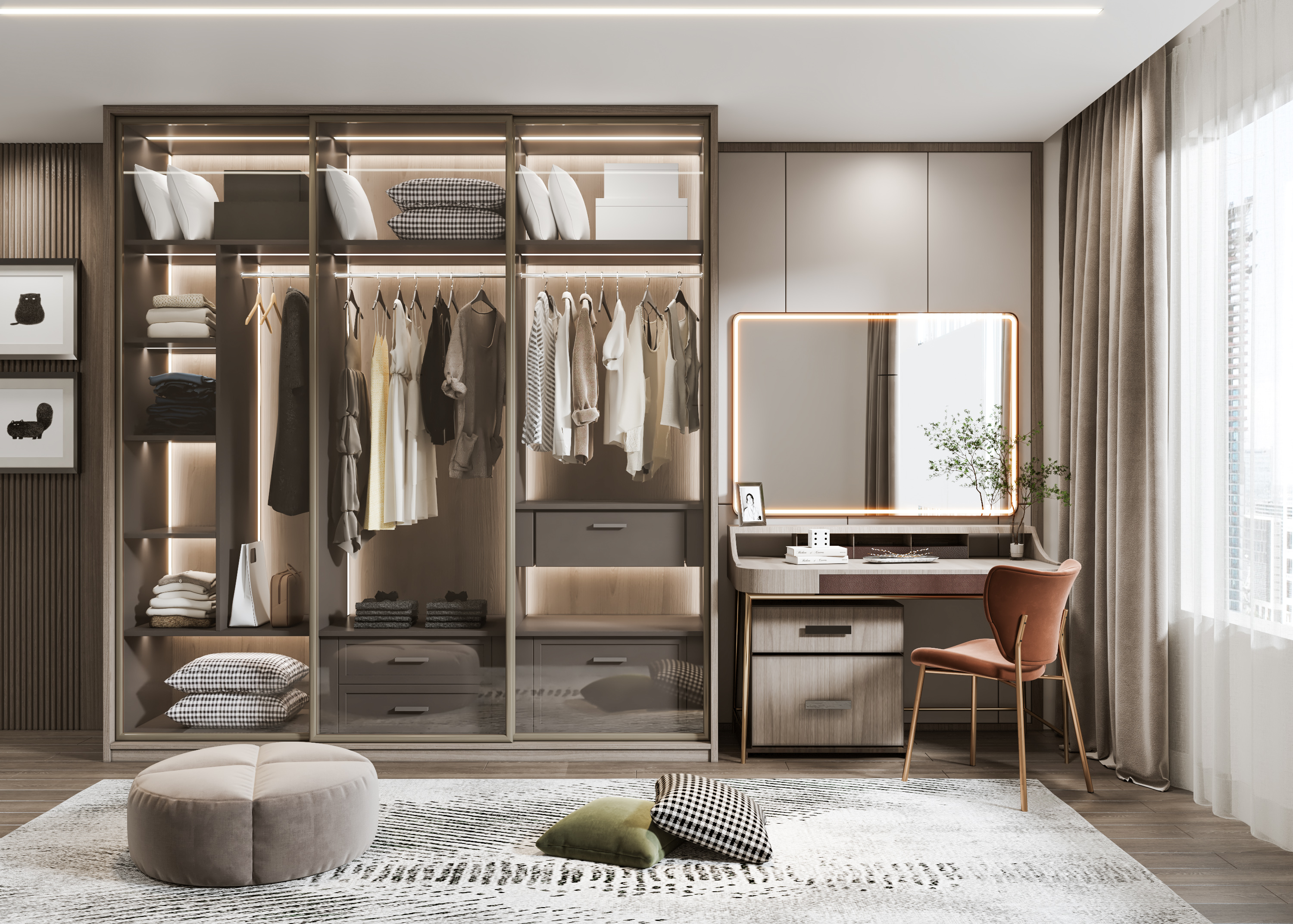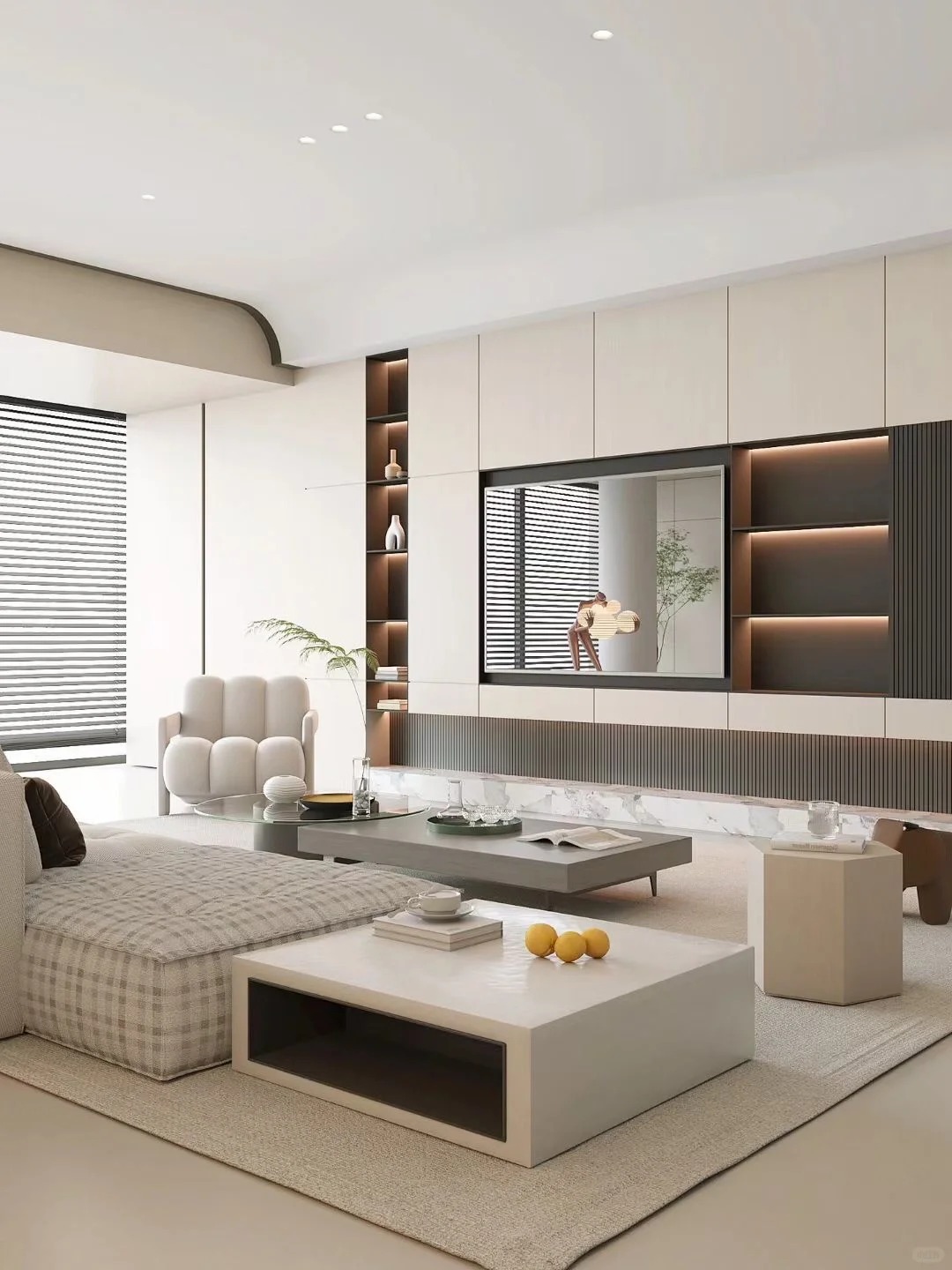Introduction
In Uganda's booming construction industry, aluminum alloy doors and windows are rapidly emerging from a niche category into a mainstream force. They precisely capture the country's urbanization, consumption upgrading, and demand for durable materials, becoming a key area where local pragmatism intersects with global architectural trends. With steady economic growth and accelerated urbanization, the construction sector offers unprecedented opportunities. Leveraging their excellent performance and modern aesthetics, aluminum alloy doors and windows are increasingly replacing traditional wooden and steel products, becoming the preferred choice for new projects. This report provides an in-depth analysis of this specific doors & windows market segment, offering comprehensive insights and strategic recommendations for relevant enterprises.
Market Overview and Current Situation
Market Size and Growth The aluminum alloy doors and windows segment is the fastest-growing within Uganda's door and window market, with an annual growth rate significantly exceeding the industry average of 10%. It is projected to capture over 30% market share within five years. This growth is primarily driven by new commercial buildings, mid-to-high-end residential projects, and government infrastructure. The rising urbanization rate fuels demand for efficient, durable, and aesthetically pleasing building materials. Increased foreign investment and government focus on infrastructure further bolster this market.
Product Positioning and Demand Tiers
* High-End Market: This tier targets luxury villas, high-end offices, and five-star hotels in cities like Kampala. Demand centers on brand, sophisticated design (ultra-slim frames, large fixed panes), high performance (air/water tightness, sound insulation), and advanced surface treatments (electrophoretic coating, powder coating). Clients include foreign enterprises, the affluent class, and key government projects, who prioritize long-term value over initial cost. This segment also shows growing interest in high-performance impact windows and doors for enhanced security and weather resistance. * Mid-Range Market: This is the largest segment for aluminum alloy doors and windows, serving the growing middle class, standard apartments, and small-to-medium commercial projects. Consumers seek value for money, demanding durability, rust-proofing, basic sealing, and moderate pricing. Competition is fierce, with local assemblers and international brands vying for market share by balancing price and quality. * Low-End Market: Dominated by local workshops using thinner profiles and basic hardware, this tier caters to users with limited budgets. While product quality and performance are basic, these low-cost doors and windows find a market in rural areas and among low-income urban groups.
Core Business Opportunity Drivers
* Rigid Demand from Urbanization: Uganda's rapid urbanization spawns numerous modern apartments and commercial complexes. The durability, low maintenance, and industrial appearance of aluminum alloy doors and windows make them more attractive to developers than traditional, high-maintenance wooden alternatives, aligning with needs for rapid construction and long-term value. * Consumption Upgrading and Mindset Shift: Rising incomes and living standards mean consumers no longer just want doors and windows; they seek improved lighting, ventilation, safety (with anti-burglary features), and aesthetics. Aluminum alloy doors and windows accommodate larger glass areas, enhancing brightness and views, which meets this upgraded demand. Growing awareness of energy saving also drives the market for higher-performance products. * Adaptability to Local Climate: Uganda's hot, rainy climate and mosquitoes make aluminum alloy doors and windows ideal, as they easily accommodate screens and mosquito nets. Their resistance to moisture warping and termite damage, unlike wood, is increasingly recognized as a valuable long-term investment. * Boost from Government and Foreign Investment: Government infrastructure, industrial parks, and foreign-funded projects (e.g., from China, Turkey) often specify aluminum alloy doors and windows meeting international standards, providing a stable market for quality products and boosting local acceptance.
Collision of Local Characteristics and Global Trends
* Localized Color and Style: While global trends favor silver white and dark gray, Uganda sees demand for colors like dark brown or wood-grain finishes to complement local architectural tones (red earth, warm yellow) or mimic precious local woods. This represents a necessary localized adjustment. * Balancing "Sturdiness" with "Aesthetics": The global high-end market pursues minimalist aesthetics, but in Uganda, security is paramount. Consequently, styles with integrated grilles or reinforced structures are popular. Successful products are high-quality aluminum alloy doors and windows that seamlessly incorporate security without a bulky appearance. This has also spurred demand for specifically designed impact windows and doors. * Price Sensitivity vs. Technological Upgrade: High price sensitivity fosters economical products. However, companies are also introducing technologies like thermal break aluminum (improving insulation and comfort), poised to become the next competitive frontier, especially in the high-end market.
Competitive Landscape and Channel Analysis
* International Brands: Primarily from China, Turkey, and India, these dominate the high-end market with quality and technology, entering via local agents or direct partnerships with major developers.
* Local Assemblers: These firms import profiles and hardware for local assembly, dominating the mid-market through flexibility and rapid response to local demand. * Small Workshops: Using local production and rough craftsmanship, they occupy the low-end market niche. * Sales Channels: Physical stores in building material markets are mainstream. Direct sales to developers and builders are crucial. Online platforms (e.g., Jumia) are emerging for product display, though major transactions remain offline.
Development Recommendations
* Product Strategy: Tiered Approach
* High-End: Introduce thermal break aluminum, system doors & windows, and impact windows and doors, emphasizing energy efficiency, security, and environmental protection.
* Mid-Range: Offer "golden value-for-money" products, ensuring adequate profile thickness, hardware quality, and competitive warranties.
* Universal: Develop series that blend aesthetics with built-in security features or offer impact windows and doors options to meet dual demands.
* Strengthen Localized Operations
* Establish exclusive agencies with capable local distributors or invest in local assembly plants to reduce costs and mitigate tariffs.
* Hire local sales teams to deeply understand customer needs and improve market response.
* Brand Building and Experiential Marketing
* Set up brand image stores in major building material markets, allowing customers to experience the difference of high-quality aluminum alloy doors and windows firsthand.
* Build credibility through case studies (e.g., completed high-end projects).
* Supply Chain Optimization
* Establish stable local storage for profiles and hardware to ensure rapid supply, crucial for winning projects.
* Build long-term partnerships with local suppliers to reduce risks.
Conclusion
Uganda's aluminum alloy doors and windows market is at a critical juncture, transitioning from basic availability to quality pursuit. It benefits from urbanization and reflects evolving Ugandan consumption concepts. Success hinges on deeply understanding the local trade-offs between price, security, aesthetics, and durability, and providing products and services that meet global standards while resonating with local characteristics. This includes recognizing the growing niche for specialized products like impact windows and doors. Whoever masters this balance will lead in this promising market. Future trends point towards diversification and quality upgrades, presenting both opportunities and challenges.
Establishing a Market Foothold, Seizing the Future – Strategic Opportunities for Lingyin Group
As a specialist in the doors & windows and home furnishings sector, Lingyin Group can leverage its expertise to capitalize on Uganda's market dynamics. By providing aluminum alloy doors and windows solutions that expertly balance safety, aesthetics, and durability—including targeted offerings for the security-conscious segment with impact windows and doors—and by implementing tiered product strategies and localized operations, Lingyin Group is well-positioned to secure a significant role in Uganda's urbanization story. It can become a leader in driving industry quality upgrades, helping more Ugandan families and buildings achieve harmony between safety, comfort, and aesthetics.




